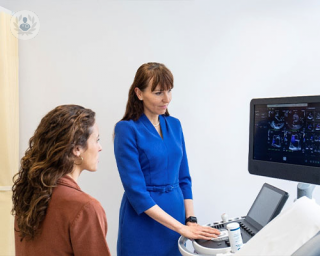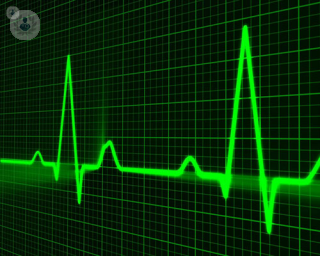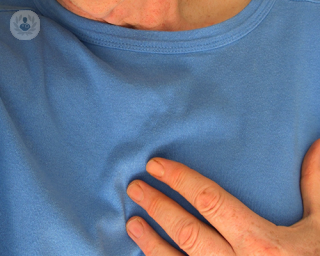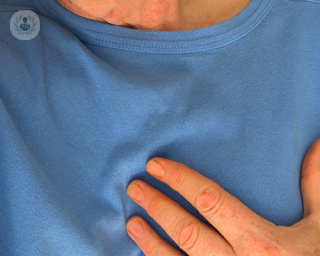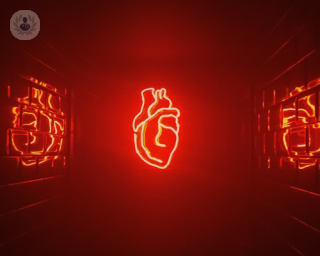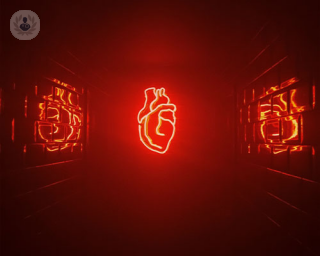
Dr Farhan Shahid
15.10.24
Cardiologia
Microvascular angina: what you didn't know
Microvascular angina is intense chest pain, caused by reduced oxygen-rich blood flow. However, it differs from standard anginas in that the blood flow is obstructed within the small blood vessels in the heart’s muscles, rather than the major arteries. In standard angina, chest pain will occur as the heart is under stress when engaging in strenuous activities like running or climbing, but with microvascular angina, the pain is unpredictable and can be triggered even whilst resting or relaxing. If the root of the issue isn’t discovered and the heart continues to not receive sufficient oxygen, it can eventually trigger a heart attack.



